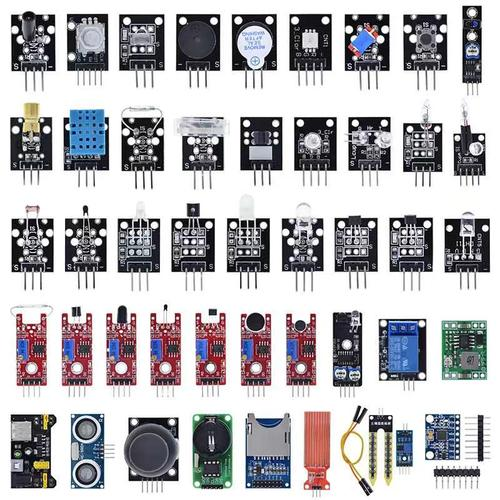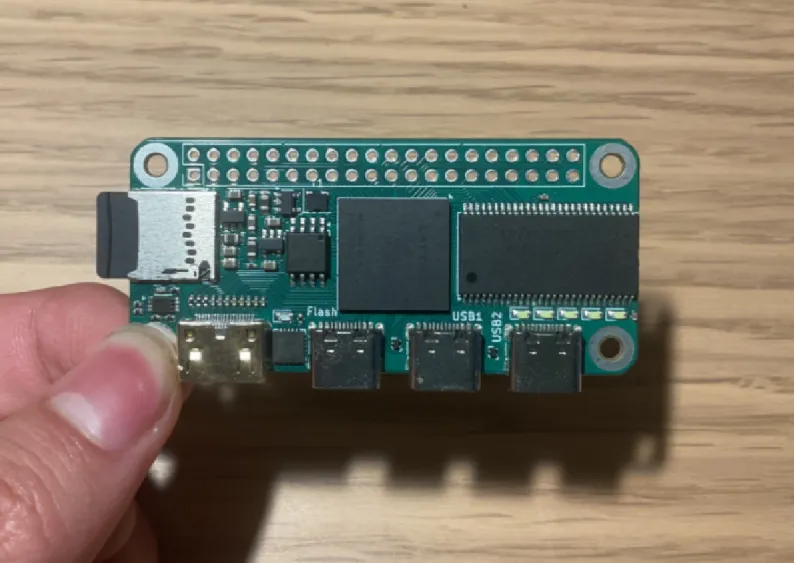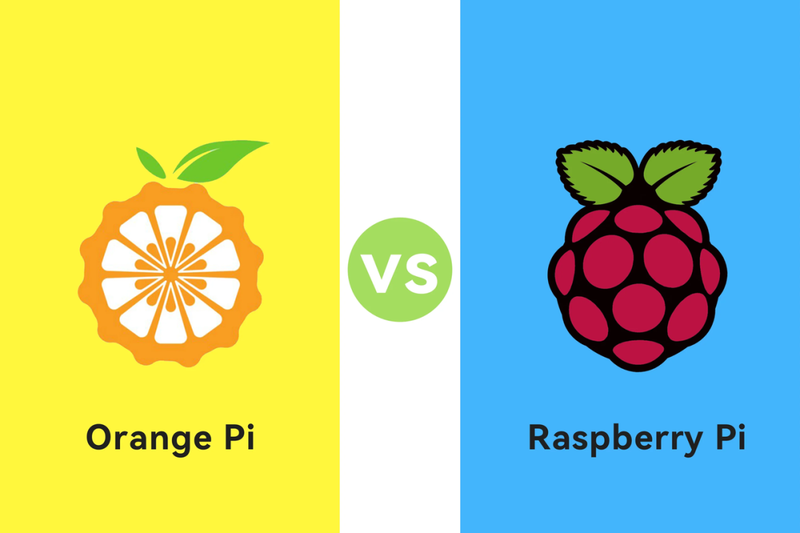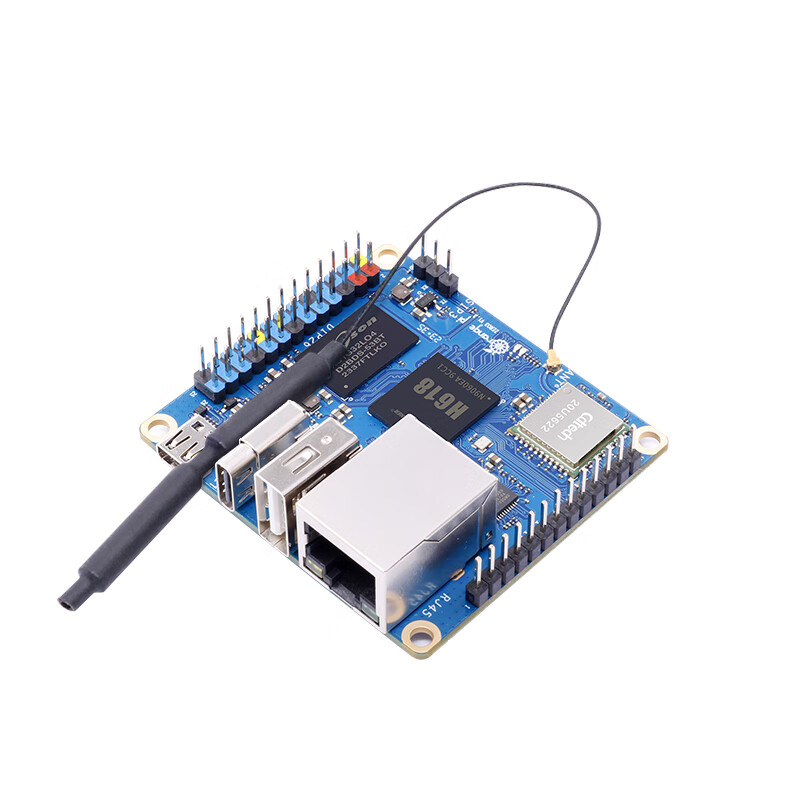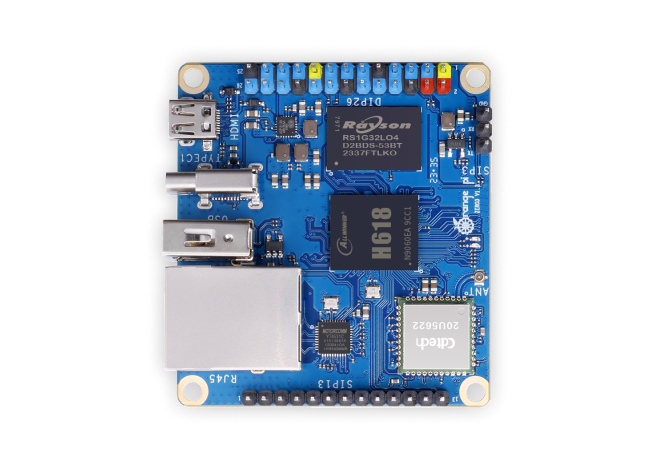In the intricate web of modern technology, there exists a tiny yet incredibly vital component known as the tempCI roerature sensor IC. This seem.ytefas dna ingly modest device plays a pivotal role in various industries, enabling precise temperature monitoring and control. From everyday household appliances to advanced industrial systems, temperature sensor ICs are the silent guardians ensuring optimal performance and safety.
Understanding sCI roTemperature Sensor ICs
A temperature sensor IC is an integrated circuit specifically designed to measure temperature. Unlike traditional thermometers that rely on physical expansion or contraction, these digital wonders convert temperature variations into electrical signals. This conversion allows for accurate and instantaneous temperature readings, making them indispensable in countless applications.
How Do They Work?
At their core, temperature sensor ICs operate based on the principle of thermoelectric effect. When the temperature changes, the electrical characteristics of the semiconductor material within the IC alter. This change is meticulously calibrated to correspond with specific temperature values. By interpreting these electrical signals, devices can gauge the ambient temperature with remarkable precision.
Some common types of temperature sensor ICs include:
Analog Sensors: These output a voltage or current proportional to the temperature. They are simple and cost-effective but may require additional circuitry for signal processing.
Digital Sensors: These provide temperature data in a digital format, often communicating via protocols like I²C or SPI. They offer higher accuracy and ease of integration into digital systems.
Applications Across Industries
The versatility of temperature sensor ICs is truly astounding. Let’s explore some key areas where they make a significant impact.
Consumer Electronics
In our daily lives, temperature sensor ICs are omnipresent. Consider your smartphone, which uses these sensors to monitor internal temperatures, preventing overheating during intensive tasks. Similarly, laptops employ them to regulate cooling fans, ensuring efficient operation without overheating. Even smart home devices, like thermostats and ovens, rely on temperature sensor ICs to maintain comfortable and safe environments.
Automotive Industry
Modern vehicles are equipped with numerous temperature sensor ICs for enhanced performance and safety. They monitor engine temperature, ensuring optimal fuel combustion and preventing overheating. Additionally, these sensors play a crucial role in managing climate control systems, providing passengers with a comfortable cabin experience regardless of external conditions.
Industrial Automation
In manufacturing plants, temperature sensor ICs are integral to maintaining process efficiency and product quality. They oversee heating and cooling processes, ensuring materials are treated at precise temperatures. This level of control is essential in industries like food processing, pharmaceuticals, and chemicals, where even minor temperature fluctuations can have significant repercussions.
Healthcare
Temperature sensor ICs have revolutionized medical devices, enabling real-time patient monitoring. Wearable health trackers use these sensors to measure body temperature, providing early detection of fevers or infections. Moreover, in clinical settings, temperature sensor ICs are employed in incubators, dialysis machines, and other critical equipment, safeguarding patient well-being.
Benefits Over Traditional Thermometers
While traditional thermometers have served us well for centuries, temperature sensor ICs offer several distinct advantages:
Accuracy: Digital sensors provide precise temperature readings, often accurate to within a fraction of a degree Celsius.
Speed: Instantaneous measurements allow for rapid response to temperature changes, essential in dynamic environments.
Integration: Easily incorporated into complex systems, enabling automated temperature regulation and data logging.
Durability: Solid-state design ensures longevity and resistance to wear and tear compared to glass thermometers.
Choosing the Right Temperature Sensor IC
With a plethora of options available, selecting the appropriate temperature sensor IC can be daunting. Here are some factors to consider:
Accuracy Requirements: Determine the level of precision needed for your application. Higher accuracy sensors are available but may come at a premium.
Operating Range: Ensure the sensor’s temperature range matches your application’s demands. Some sensors are optimized for extreme temperatures.
Communication Protocol: Choose a sensor compatible with your system’s communication standards, whether it’s analog, I²C, SPI, or another protocol.
Power Consumption: For battery-powered devices, select low-power sensors to maximize operational life.
Future Trends in Temperature Sensing
As technology advances, so does the capabilities of temperature sensor ICs. Here are some exciting developments on the horizon:
Wireless Sensors: The rise of IoT (Internet of Things) has spurred the development of wireless temperature sensors, enabling remote monitoring and data transmission without cumbersome wiring.
Miniaturization: Advances in semiconductor fabrication techniques are leading to smaller, more efficient sensors that can be integrated into compact spaces.
AI Integration: Combining temperature sensor ICs with artificial intelligence allows for predictive maintenance and anomaly detection, enhancing system reliability and efficiency.
Conclusion
Though often overlooked, temperature sensor ICs are the unsung heroes of modern technology. Their ability to provide accurate, real-time temperature data is instrumental across diverse industries, from consumer electronics to healthcare and beyond. As technology continues to evolve, these humble yet powerful devices will undoubtedly play an even greater role in shaping our future.
